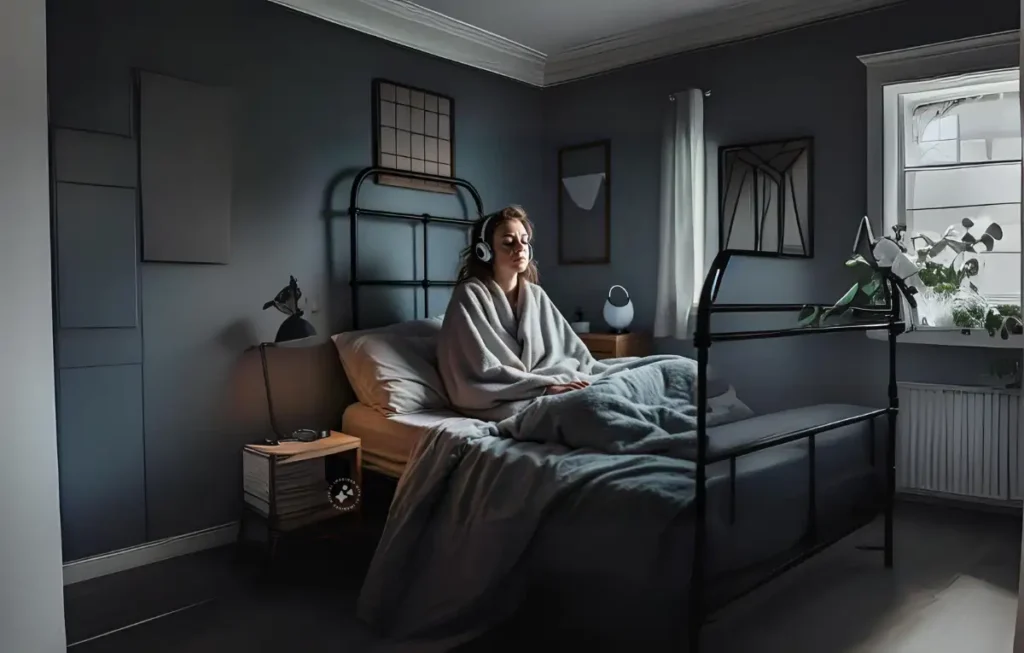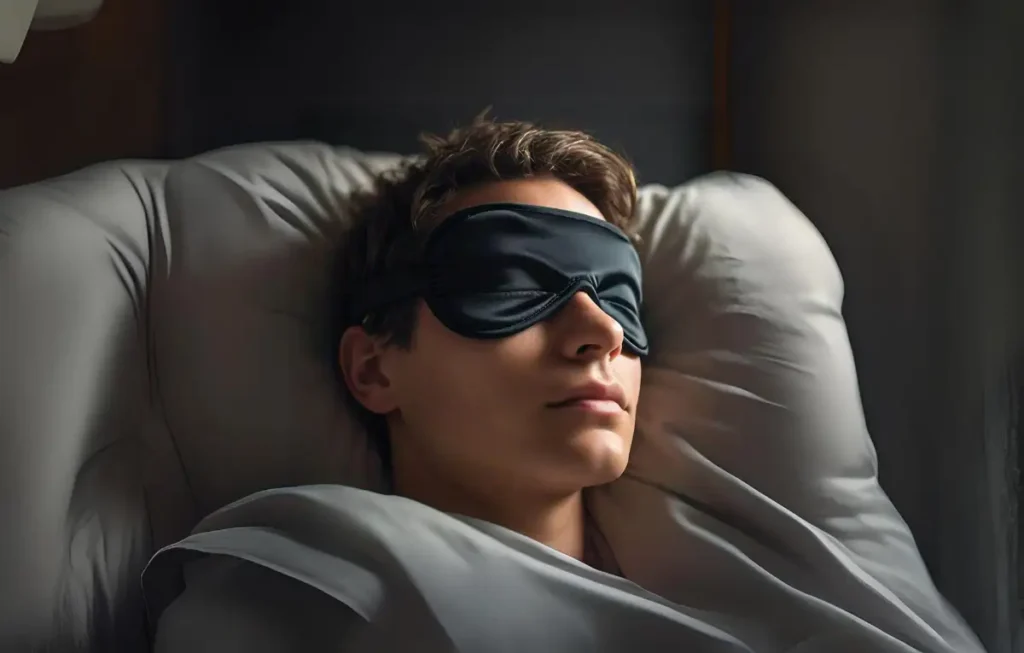Daylight Saving Time Ends: Here’s How It Affects Your Sleep and Health
On Sunday, November 3, at 2 a.m., clocks across the United States will “fall back” one hour, signaling the end of daylight saving time. While this change offers an extra hour of sleep for many, it also brings unique challenges to our internal rhythms, daily routines, and even our health. From sleep adjustments to strategies for staying on track, here’s what to expect and how to ease into the time change.
What’s Daylight Saving Time?
Daylight saving time (DST) is the seasonal adjustment that extends evening light from March to November, adding more daylight hours in warmer months. However, when clocks revert back to standard time in November, this “fall back” brings early sunsets and darker evenings, lasting until March 9, when DST resumes.
This transition isn’t just about resetting clocks; it can impact the body’s natural rhythms. Many experience the effects of sudden darkness in the afternoon, which can alter our circadian rhythms and energy levels.
Why the Time Shift Matters for Your Health
Our bodies are naturally tuned to light, which regulates our circadian rhythms—the biological clock that influences sleep, hormones, and mood. With shorter days and earlier nightfall, many find themselves feeling fatigued or even down during these darker months. Those with seasonal affective disorder (SAD), a form of depression triggered by reduced daylight, may feel these changes more intensely.
Research shows that time changes, especially the spring shift, can affect our health significantly. Studies have linked these adjustments to higher rates of heart attacks, strokes, and disruptions in mood. Major health organizations, like the American Academy of Sleep Medicine and American Medical Association, support a permanent switch to standard time, which aligns more closely with our natural body clocks.
How Does Light Affect Our Sleep?
Our internal 24-hour clock relies on light and dark cues to determine when we feel awake or tired. Morning light resets this clock each day, while melatonin release in the evening preps our bodies for sleep. When daylight is extended, melatonin production is delayed, making it harder for some to fall asleep on time, especially during the spring forward.
Health experts emphasize that adjusting to time changes, even by just an hour, can throw off sleep patterns. For many, this disruption comes on top of an existing sleep deficit—one in three adults and over half of teens in the U.S. report sleeping fewer hours than recommended. This can lead to a range of issues from fatigue and irritability to long-term health risks like heart disease and obesity.
Preparing for the Time Change: Simple Tips to Adjust
01.Start Adjusting Bedtimes Gradually
To ease into the change, consider adjusting your bedtime by 10-15 minutes each night leading up to November 3.

Seek Morning Light
Exposure to natural sunlight in the morning helps recalibrate your body’s rhythm. Spending time outside, even on cooler days, can improve alertness and mood.

Use a Sleep Mask
A sleep mask can help block out early light in the morning, encouraging longer, quality sleep.

Change Your Clocks Saturday Night
Set your clocks back the evening before so you can wake up adjusted to the new time.

Will Daylight Saving Time Ever End?
There’s growing debate in the U.S. over ending daylight saving time entirely. In recent years, The Sunshine Protection Act proposed a permanent move to DST, but this idea remains stalled in Congress. Health experts generally advocate for year-round standard time, which is believed to align better with our natural rhythms.
FAQ: Common Daylight Saving Time Questions
Why do we still observe daylight saving time?
DST was initially created to save energy, though its actual benefits today are widely debated.
Which states don’t observe DST?
Arizona (excluding some Native American territories) and Hawaii remain on standard time year-round. U.S. territories like Puerto Rico, Guam, and the Virgin Islands also stay on standard time.
Can the time change affect your health?
Yes, even a one-hour shift can disrupt sleep, mood, and focus. Research links time changes to increased risks of heart attack and stroke around the spring adjustment.
With a few proactive steps, you can ease into the darker months, stay in sync with your natural rhythm, and enjoy the benefits of that extra hour of rest.
This post is for informational purposes only.Invest responsibly.No guarantees of results. Seek professional guidance before investing.Consult experts for personalized advice.AI-assisted content, editorially reviewed.See our terms for details.Please note that I am not a SEBI registered investment advisor. The information provided in this article is for informational and educational purposes only and should not be construed as financial advice. Always consult with a qualified and SEBI registered financial professional before making any investment decisions. .Follows Google policies.Not affiliated with Investopedia.com. investopedia.co.in Independent site.
